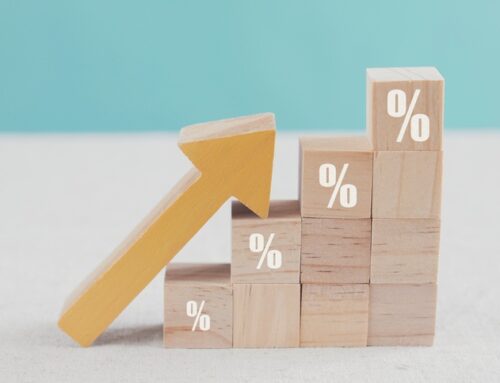Home » Uncategorised »
Investors could pay £10,000 more to secure mortgage
This article is an external press release originally published on the Landlord News website, which has now been migrated to the Just Landlords blog.
Buy-to-let landlords are set to fork out a further £10,000 to secure a mortgage, following a crackdown on so-called dangerous debts by British lenders.
This new clamp down on worrying debts by lenders is pushing up mortgage costs for buy-to-let landlords. It is thought that banks and building societies will begin to make the substantial fee changes from September 2016.
PRA crackdown
Industry watchdog, the Prudential Regulation Authority (PRA), is concerned that some buy-to-let landlords are stretching themselves too thinly and will as such face difficulties when interest rates eventually rise.
As a result, the PRA is to force lenders to enforce stricter criteria tests, to ensure their investor can afford the repayments on the loan.
At present, investors must prove they can earn enough from their rental yields to cover their repayments. However, the new plans will require plans to see whether or not they could continue to meet these payments, should rates rise by 2%.
Tests
Under these new tests, banks and building societies will demand evidence of a yield of at least 5.2% to qualify for a 25% deposit loan. In essence, this would mean that a borrower would have to earn £7,800 per year in rent on a £150,000 home before paying their mortgage.
This means that investors would either have to raise rents or cut borrowing to ensure that they are covered.
Peter Armistead, of Armistead Property, believes savvy investors will be able to cope with these changes by purchasing cheaper property, with greater yields.
Mr Armistead said, ‘clearly, the investors most at risk are those with smaller deposits who buy property in parts of the UK where rents are low compared with house prices.’[1]

Investors could pay £10,000 more to secure mortgage
Regional rates
Continuing, Armistead said, ‘this is a particular problem in places such as London and the South-East where the average annual returns between 2010 and 2015, was just 4.86% in outer London and 4.71% in the City, according to LendInvest. House prices in London are about five times what they are in parts of the North West, but salaries are only 30% higher.’[1]
‘Manchester and Liverpool deliver some of the best rental yields, with Manchester recording average annual rental yields of 6.02% over five years, followed by Liverpool with 5.15% yields. An average residential property in Manchester is just £155,000, while a flat in a good area, costs as little as £120,000. A property in Manchester can provide a 5% minimum cash rental yield and a typical 12% total cash yield, including 7% capital appreciation. Demand for rental accommodation is strong and by comparison with other regions, housing is cheaper,’ Armistead added.[1]
Concluding, Mr Armistead said, ‘Landlords will find the best returns in urban areas, with a concentration of students and young professionals. If investors can purchase cheaper properties with better yields, they will have the opportunity to protect and boost their profits in the longer term.’[1]
[1] http://www.propertyreporter.co.uk/landlords/pra-crackdown-sees-btl-investors-pay-an-extra-10000.html



